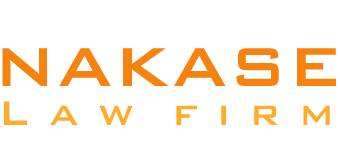Employment Law Articles
Discover and learn the latest valuable employment law articles for ideas, practical information, and DIY from a network of leading business and corporate lawyers.
Discover and learn the latest valuable employment law articles for ideas, practical information, and DIY from a network of leading business and corporate lawyers.
Learn more about: Business | Corporate | Employment Law


















































